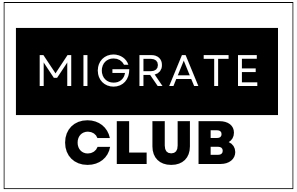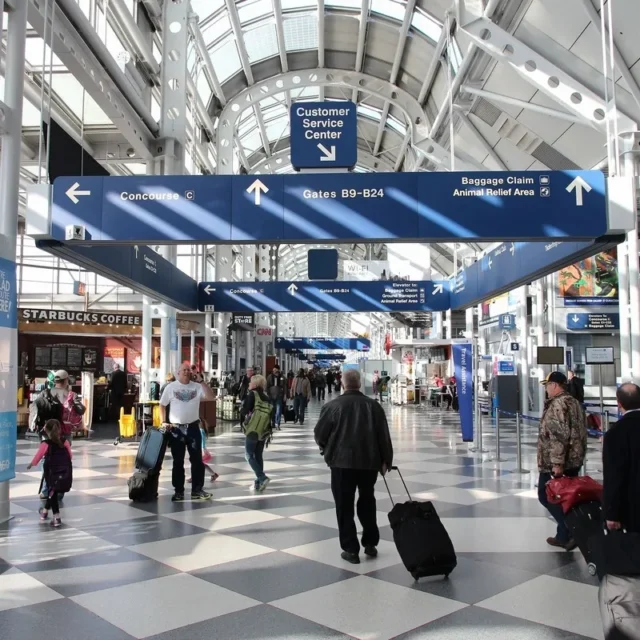United States Border Preclearance is a program enabling travelers to complete US immigration, customs, and agricultural inspections before leaving select international airports. Managed by US Customs and Border Protection (CBP) officers, these facilities enforce US immigration and customs laws abroad.
Benefits of Preclearance
Nearly one-sixth of all passengers arriving in the US annually use preclearance locations. This process allows travelers to collect their bags and exit the airport upon arrival in the US, streamlining entry and reducing stress.
Preclearance Facility Locations
Preclearance facilities are currently available at 15 airports across six countries:
Canada:
- Calgary
- Edmonton
- Halifax
- Montreal
- Ottawa
- Toronto
- Vancouver
- Victoria
- Winnipeg
The Caribbean:
- Aruba
- The Bahamas
- Bermuda
Ireland:
- Dublin
- Shannon
United Arab Emirates:
- Abu Dhabi
Travelers starting or transiting through these airports will undergo the preclearance process, ensuring a smooth entry into the US.
The Preclearance Process
Travelers departing from preclearance airports to the US should arrive about 45 minutes earlier than usual. After completing standard check-in and security procedures, passengers proceed to US Customs.
Required Documentation
Essential documentation includes:
- Passport
- Customs declaration form (mandatory for all travelers)
- Visa or other permits (for non-US citizens)
Travelers should know the address where they will be staying in the US. Non-US citizens may need additional forms, and it’s crucial to have all paperwork ready to avoid delays and ensure compliance with US entry requirements.
Pros of Preclearance
- Efficient Arrival: Preclearance eliminates long lines at US airports, allowing passengers to quickly gather their baggage and exit the airport. This is particularly beneficial for those with tight connecting flights.
- Flexibility: Passengers can fly into any US airport, including those without CBP facilities.
Considerations and Challenges
- Additional Time at Departure: Passengers need to allow roughly 45 extra minutes at the departure airport, which can be inconvenient for tight schedules.
- Layover Time: Travelers transiting through preclearance locations must ensure sufficient layover time to complete the process, which can complicate travel plans.
- Limited Flexibility: Once precleared, passengers are considered to have entered the US. This can cause issues if flights are canceled or rerouted.
Conclusion
United States Border Preclearance simplifies the entry process into the US by allowing travelers to complete necessary inspections before departure. While it offers significant advantages, such as quicker airport exits and greater flexibility in destination airports, it also requires additional time and planning at the point of departure.

























